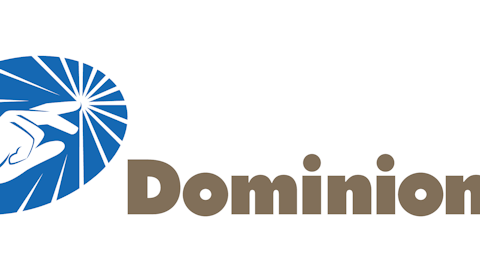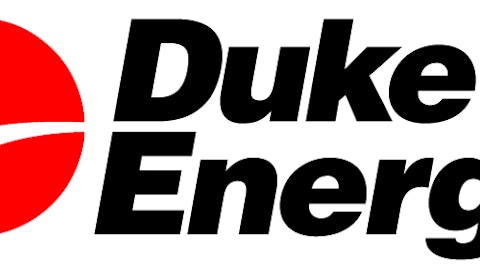To be perfectly blunt, there really isn’t much of a growth thesis for The Southern Company (NYSE:SO). Founded in 1945, Southern Company is an electric utility company that serves over 4.4 million customers in Alabama, Georgia, Florida and Mississippi. As a regulated utility, the company is better known for its high payout ratio rather than exceptional growth.
Yet that doesn’t mean an investment in this slow-grower can’t still be worthwhile. For one thing – like most utilities – The Southern Company (NYSE:SO) is effectively a monopoly that is allowed to give its shareholders “reasonable” returns. So immediately an investor is less worried about whether or not the company will remain in business – after-all, you can’t just shut off the lights for millions of people overnight. Instead, an investor is probably more concerned with whether or not the current market price allows for a reasonable chance at tracking the company’s business results.
In our view, considering today’s low interest-rate environment, we believe that it would be prudent to consider Southern Company as a bond alternative rather than an equity replacement. In this way, the prospective risks and opportunities of the company are important, but they are likely to be less extreme than their equity counterpart as well.
Aside from the monopoly-like benefits of the business, The Southern Company (NYSE:SO) has also received awards such as being named the “No. 1 Electric Utility in North America”, the “2012 Energy Company of the Year” and was recently named as one of the “World’s Most Admired Electric and Gas Utilities.” As we will see in the return results below, the company has been nothing if not consistent.
Moving to the risk side of the table, Southern Company faces anything from regulation and ligation concerns to economic risks and unexpected construction delays. In turn, many of these factors – much like any other company – are out of management’s hands. For example, Morningstar analyst Mark Barnett lists nuclear cost overruns and emissions legislation as two uncertain cost areas; while further indicating that the deterioration of Southern Company’s positive regulatory relationships would be the most devastating risk factor. However, it should again be noted that while these risks exist, they are likely to be “watered down” in a regulated and essential utility business.
Finally, while we have thus far been describing The Southern Company (NYSE:SO) as a slow but steady monopoly, the company also likes to tout the fact that shareholders received greater total returns than the S&P 500 index for the last 5, 10 and 30 years. F.A.S.T. Graphs™ wrote about Southern Company a little over a year ago, indicating that it was “A Solid Dividend Choice Worth Waiting For.” At the time, Southern Company had a P/E ratio around 17.6 and a current dividend yield of 4.3%. Today, the P/E is closer to 15 and the current yield is just shy of 5%; in other words, we believe the wait might be over.
15 Years of Results
The Southern Company (NYSE:SO) has grown earnings (orange line) at a compound rate of 3.2% since 1999, resulting in a $35+ billion dollar market cap. In addition, the Southern Company’s earnings have risen from $1.90 per share in 1999, to today’s forecasted earnings per share of approximately $2.74 for 2013. Further, Southern Company has paid a dividend for 263 consecutive quarters and has been able to increase this payout for the last 12 years. For a look at how the market has historically valued Southern, see the relationship between the price (black line) and earnings of the company as depicted on the Earnings and Price Correlated F.A.S.T. Graph below.

Here we see that the Southern Company’s market price has mostly paralleled its justified earnings growth; with the exception of starting to become undervalued during the most recent recession and being slightly overvalued in the last year or two. Today, Southern Company appears fairly valued in relation to both its historical earnings and relative valuation.





